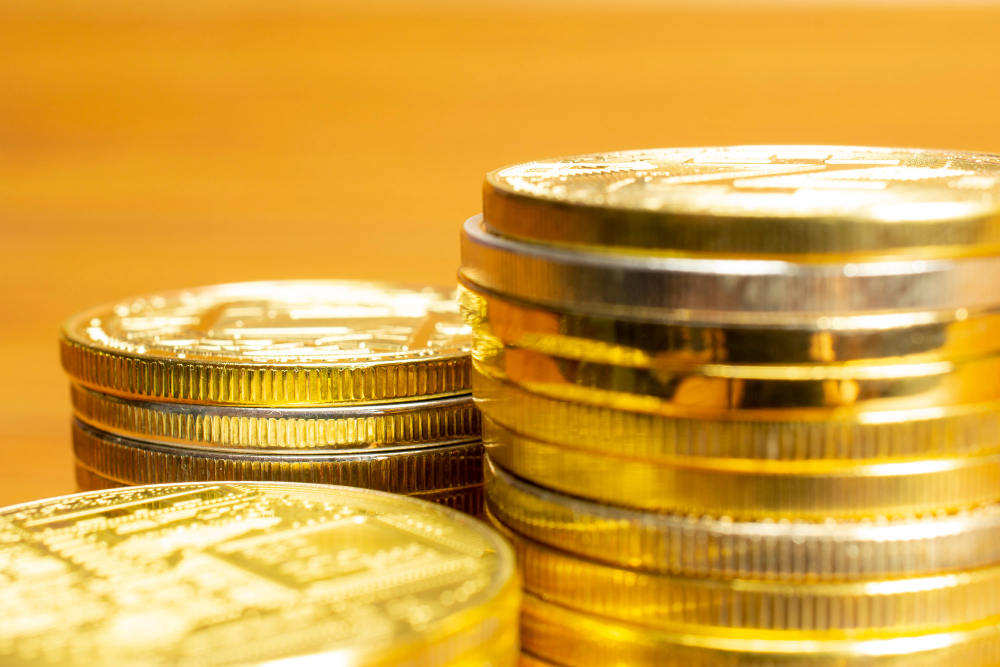Gold futures play a pivotal role in the global financial landscape, offering investors an avenue to speculate on future gold prices without the need for physical ownership of the metal. These futures contracts are agreements to buy or sell gold at predetermined prices on specified future dates. The importance of gold futures cannot be overstated, given gold's status as a safe-haven asset and its relevance across various industries.
Introduction to Gold Futures and Its Importance
Gold holds a unique position in financial markets, serving as a hedge against inflation, currency devaluation, and geopolitical uncertainties. Gold futures enable investors to capitalize on gold price movements without having to possess physical gold, making them an attractive investment vehicle. The liquidity and transparency offered by gold futures markets further enhance their appeal to a wide range of investors, from institutional traders to individual speculators.
Gold Futures Market Dynamics
The prices of gold futures are influenced by a multitude of factors, reflecting the complex interplay of economic, geopolitical, and market-specific dynamics. Economic indicators such as inflation rates, interest rates, and currency fluctuations exert significant influence on gold prices. In times of economic uncertainty or geopolitical turmoil, investors often flock to gold as a safe-haven asset, driving up demand and prices in the gold futures market. Moreover, speculative activities and investor sentiment play a crucial role in shaping short-term price movements, highlighting the psychological aspect inherent in financial markets.
India's Metal Markets Overview
India's metal markets form a crucial component of the nation's economy, encompassing a diverse array of commodities, including gold, silver, copper, and platinum. These markets play a vital role in various industries, including jewelry manufacturing, infrastructure development, and consumer electronics. The demand for metals in India is driven by factors such as population growth, urbanization, and industrialization, making it a significant player in global metal markets.
The Interconnection Between Gold Futures and India's Metal Markets
The relationship between gold futures and India's metal markets is symbiotic, with fluctuations in gold futures prices exerting ripple effects on metal commodities traded within India. Gold, being the primary metal of focus in futures trading, serves as a barometer of market sentiment, influencing investor behavior and price trends across other metal commodities. Silver, often referred to as "poor man's gold," shares a similar fate, with changes in gold futures prices impacting silver prices as investors recalibrate their investment strategies. Furthermore, industrial metals like copper and platinum also witness indirect repercussions from gold futures movements, reflecting broader shifts in market sentiment and economic outlook.
Impacts on Different Metal Commodities
Gold, as the quintessential safe-haven asset, experiences direct impacts from fluctuations in gold futures prices. Indian investors, particularly those engaged in jewelry manufacturing and gold trading, closely monitor gold futures as a gauge of market sentiment and price trends. Silver, owing to its historical association with gold and status as a precious metal, is also susceptible to changes in gold futures prices, albeit with varying degrees of correlation. Copper, a vital industrial metal utilized in diverse applications, exhibits sensitivity to macroeconomic factors influenced by gold futures movements, highlighting the interconnectedness of global commodity markets. Similarly, platinum, prized for its rarity and industrial utility, mirrors gold's price dynamics to a certain extent, reflecting broader trends in precious metal markets.
Responses and Adaptations in India's Metal Markets
Traders and investors in India's metal markets employ various strategies to navigate the challenges posed by fluctuations in gold futures prices. Diversification of investment portfolios, utilization of hedging instruments such as options and futures contracts, and diligent monitoring of market fundamentals constitute common practices adopted by market participants. Additionally, government policies and regulations play a pivotal role in shaping the response of India's metal markets to external market forces, providing a framework for market stability and investor protection.
Future Prospects and Predictions
Forecasting the trajectory of the relationship between gold futures and India's metal markets necessitates a nuanced understanding of global economic trends and geopolitical developments. While historical patterns offer valuable insights into potential future scenarios, the evolving nature of financial markets underscores the need for adaptability and resilience. As technological advancements continue to reshape the landscape of financial markets and geopolitical dynamics evolve, the interconnection between gold futures and India's metal markets is poised to undergo further transformations, presenting both challenges and opportunities for market participants.
In conclusion, the ripple effect of gold futures prices on India's metal markets underscores the interconnected nature of global financial systems. As stakeholders navigate the complexities of these markets, understanding the dynamics between gold futures and India's metal commodities becomes imperative. By leveraging insights gained from analyzing gold futures movements and adapting strategies to evolving market conditions, investors and traders can effectively manage risks and capitalize on opportunities within India's vibrant metal markets.
FAQ’s
1.What strategies can Indian traders adopt to mitigate risks associated with gold futures fluctuations?
Diversifying portfolios, hedging using derivatives, and closely monitoring market fundamentals are common strategies employed by Indian traders to manage risks in metal markets.
2.Are government policies and regulations significant in shaping India's response to changes in gold futures prices?
Yes, government policies and regulations play a crucial role in determining the response of India's metal markets to external market forces, including fluctuations in gold futures prices.
3.How do silver prices react to changes in gold futures?
While not as directly correlated as gold, silver prices can be influenced by shifts in investor sentiment driven by movements in the gold market.
4.What are the future prospects for the relationship between gold futures and India's metal markets?
Future prospects remain subject to a multitude of variables, including global economic conditions and geopolitical factors. However, with increasing interconnectedness, the relationship is likely to strengthen further.
5.How do gold futures impact India's metal markets?
Gold futures serve as a key indicator of market sentiment, influencing investor behavior and price movements in other metal commodities traded in India.
To Get Real-Time Price of Gold Visit: https://pricevision.ai/
Source: https://diigo.com/0vvq35





Comments